New York City, Holland and Belgium in the Springtime
April 19 - May 6, 2014
Part Four - River Cruise from Rotterdam to Antwerp, Belgium
Page 12 - Veere, The Netherlands and Ghent, Belgium
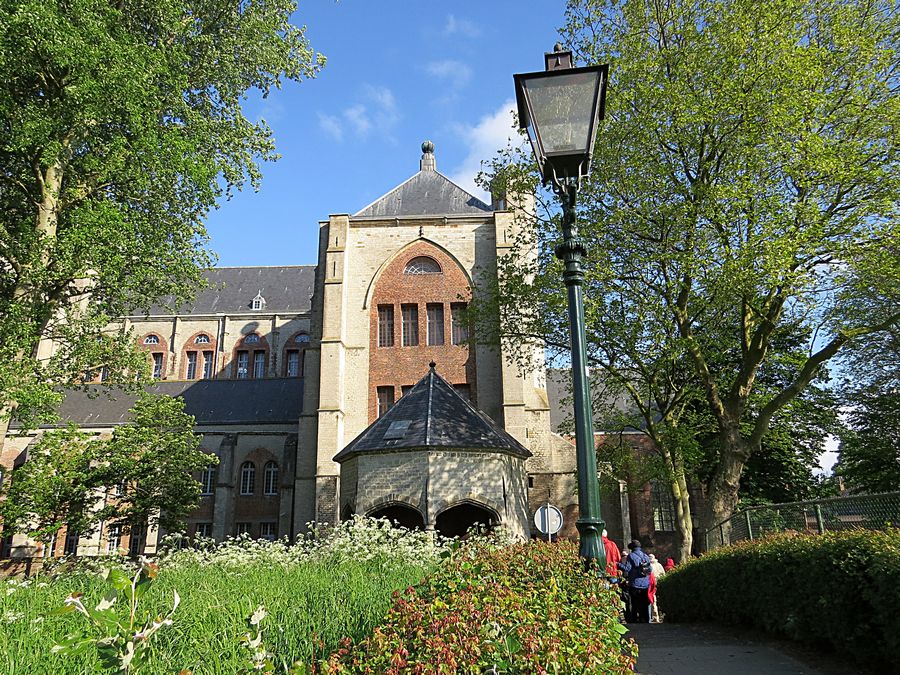
Church near our docking area in Veere - The small city of Veere
stands on the Veerse Meer lagoon on the island of Walcheren
in Zeeland. The name means "ferry." Veere received city rights in 1355.

A typical residential street in Veere, The Netherlands
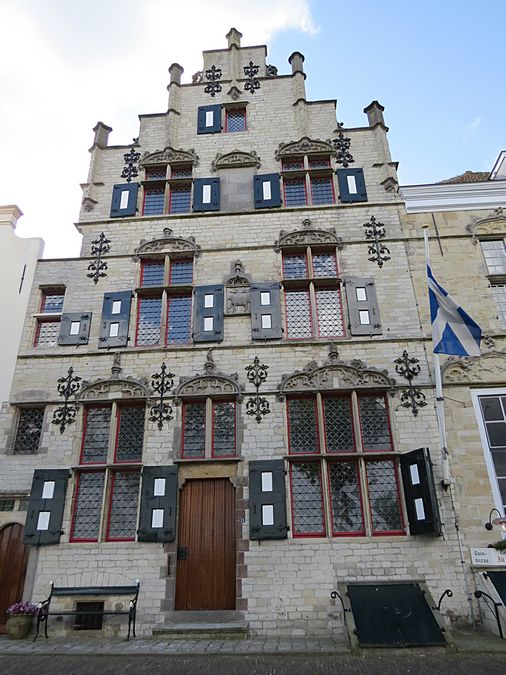
Building in the Veere harbor area
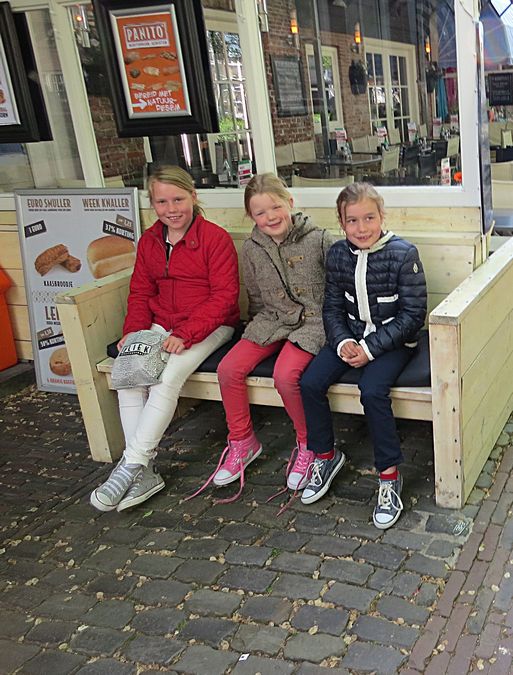
Kids outside a bakery in Veere

Young boy with life vest on
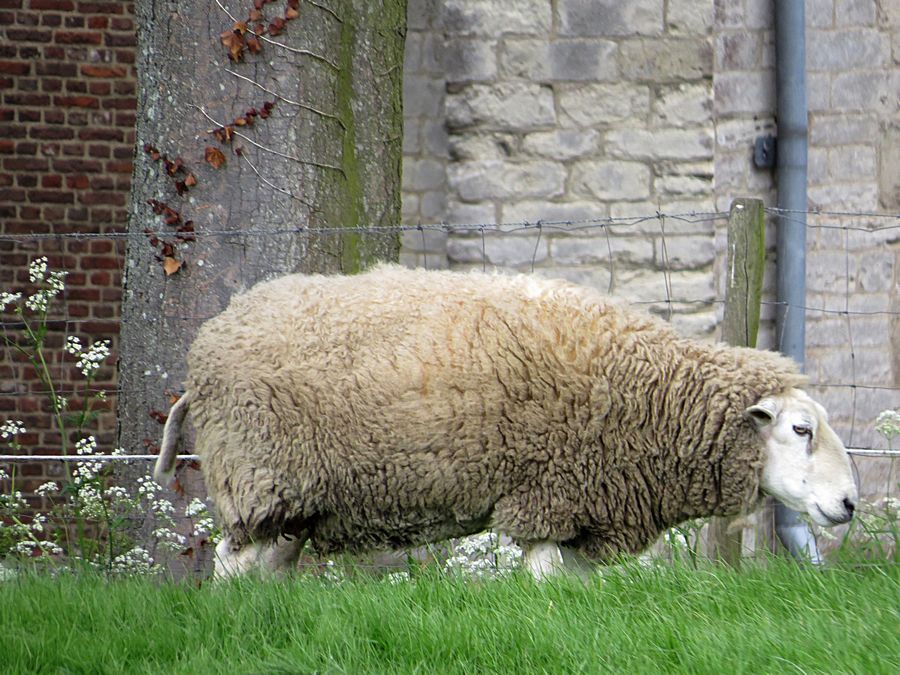
One of a herd of sheep near where we were docked

Old windmill in Veere
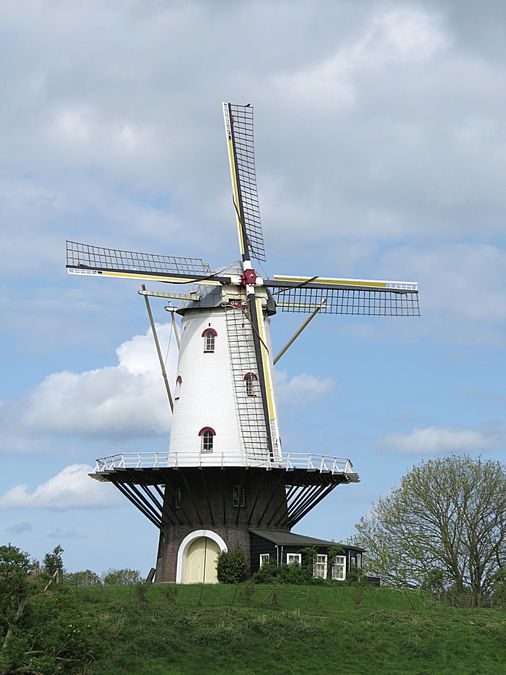
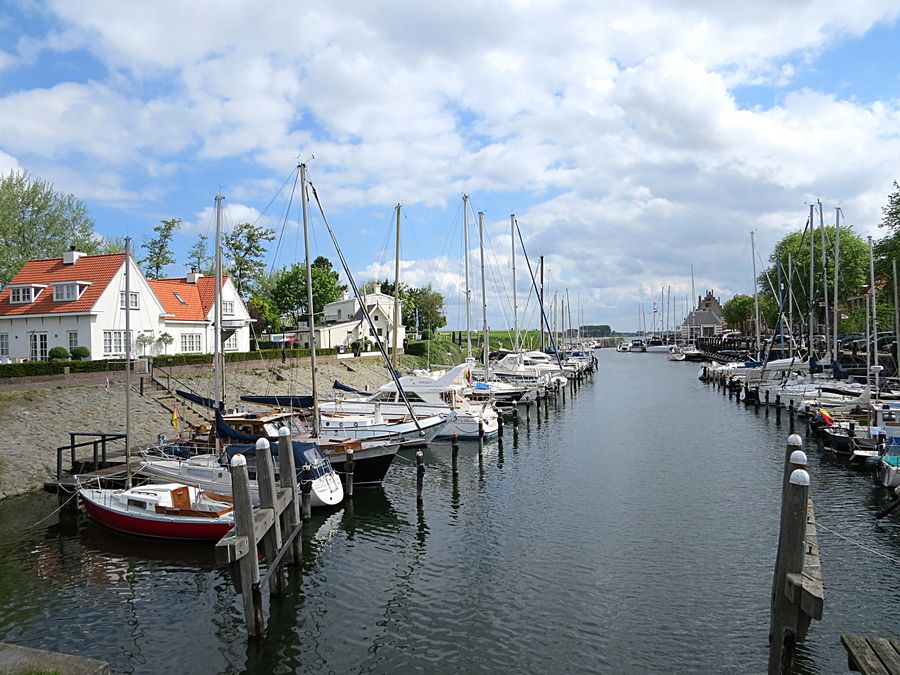
Harbor area
Veere used to be connected directly to the sea. Veere became
the official depository for Scottish wool in 1541.

The Oosterscheldekering (in English: Eastern Scheldt storm surge barrier),
between the islands Schouwen-Duiveland and Noord-Beveland,
is the largest of the 13 ambitious Delta Works series of dams and storm
surge barriers, designed to protect the Netherlands from flooding from
the North Sea. The construction of the Delta Works was in response to
the widespread damage and loss of life due to the North Sea
Flood of 1953. The dam is manually operated but if human control fails,
an electronic
security system acts as a backup. A Dutch law regulates
the conditions
under which the dam is allowed to close. The water
levels must be at
least three meters above regular sea level before
the doors can be
completely shut. Each sluice gate is closed once
a month for testing.
Emergency procedures are tested on pre-scheduled dates.
Once the test
is passed, the shutters are quickly opened again to
create a minimum
amount of effect on tidal movements and the
local marine ecosystem.
It takes approximately one hour to close a door.
The cost of operation
is €17 million per year.

Sunset as viewed from the River Harmony ship

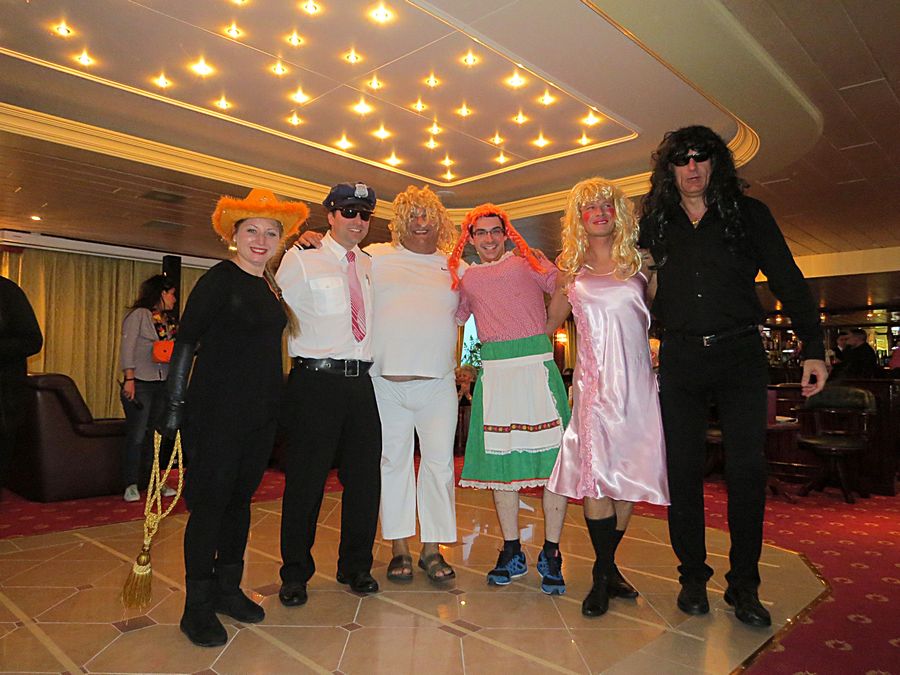
Some of the crew clowning for the passengers in the lounge area
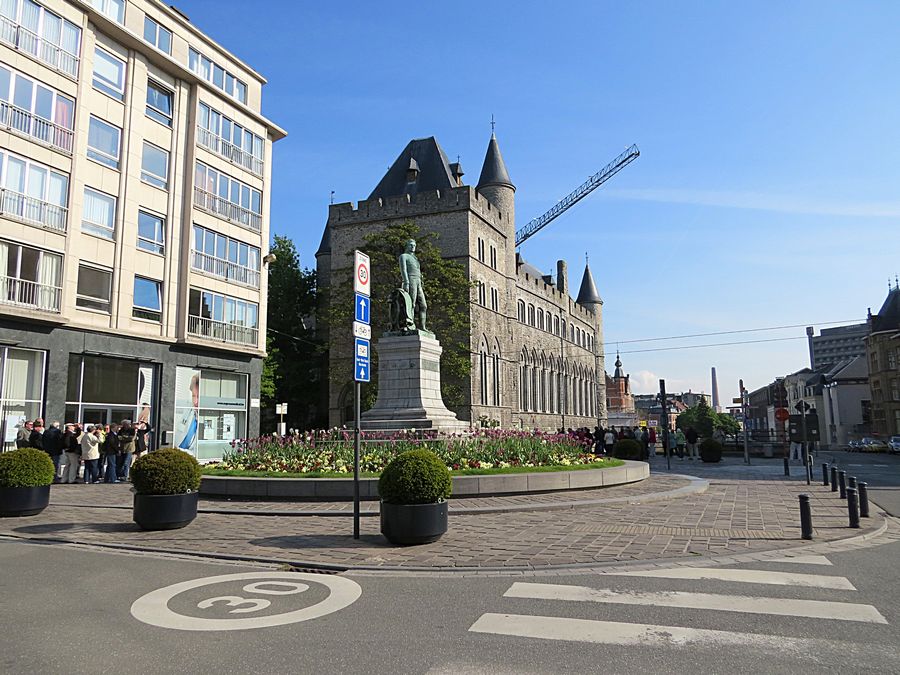
We docked in Ghent, Belgium overnight.
Ghent is a city located in the Flemish region of Belgium.
It is the capital and largest city of the East Flanders province.
The city started as a settlement at the confluence of the Rivers
Scheldt and Leie, and in the Middle Ages, became one of the
largest and richest cities of northern Europe with some 60,000
people in 1300 AD, growing to 175,000 shortly after 1500 AD.
Today it is a busy city with a port and a university.

St Bavo Cathedral
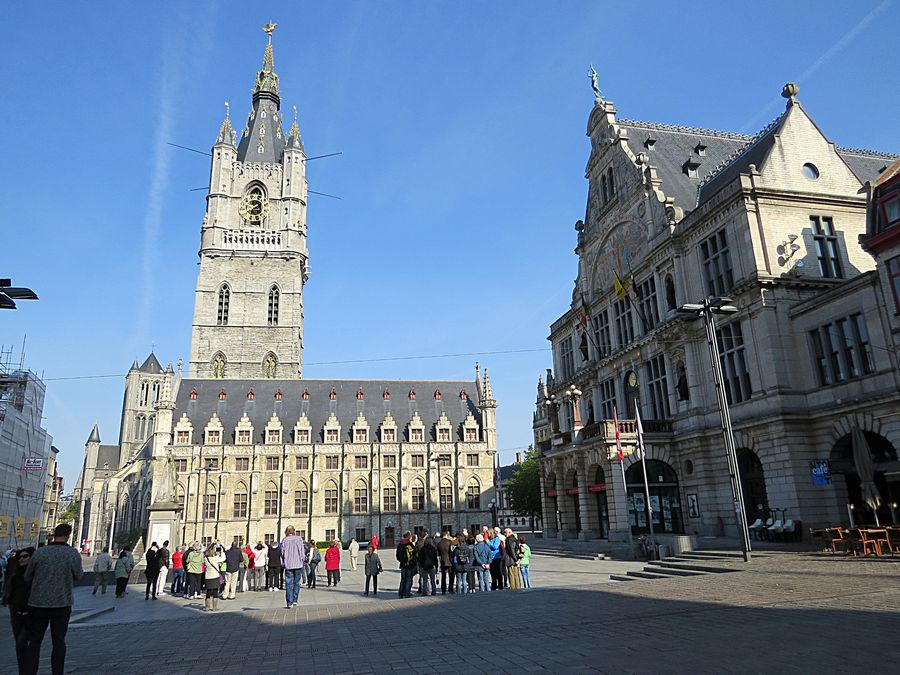
The 91-meter-tall belfry of Ghent is one of three medieval towers
that overlook the old city center of Ghent, Belgium, the other two
belonging to Saint Bavo Cathedral and Saint Nicholas' Church.
Its height makes it the tallest belfry in Belgium. The belfry of Ghent,
together with its attached buildings, belongs to the set of belfries
of Belgium and France inscribed on UNESCO's World Heritage List.
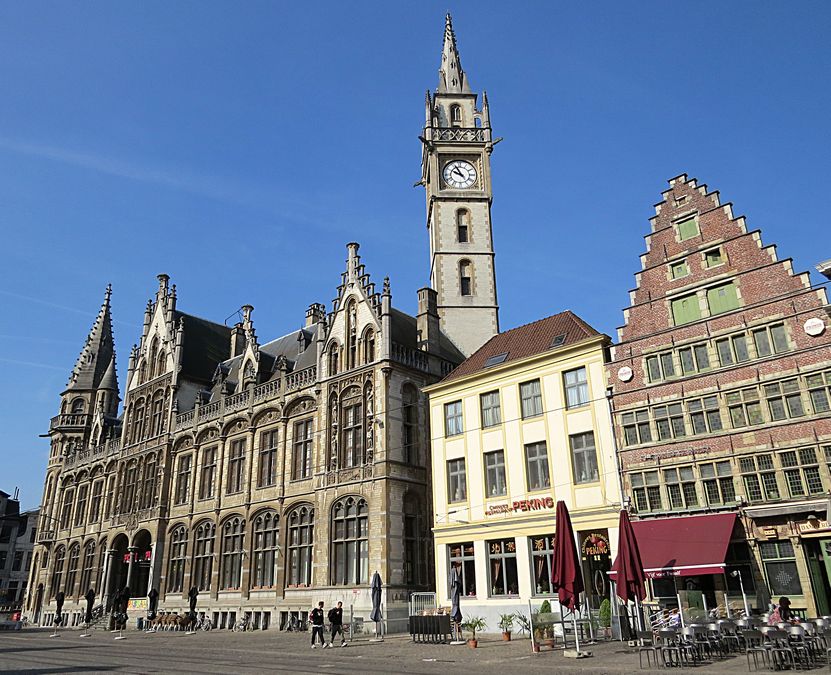
Street scene in Ghent
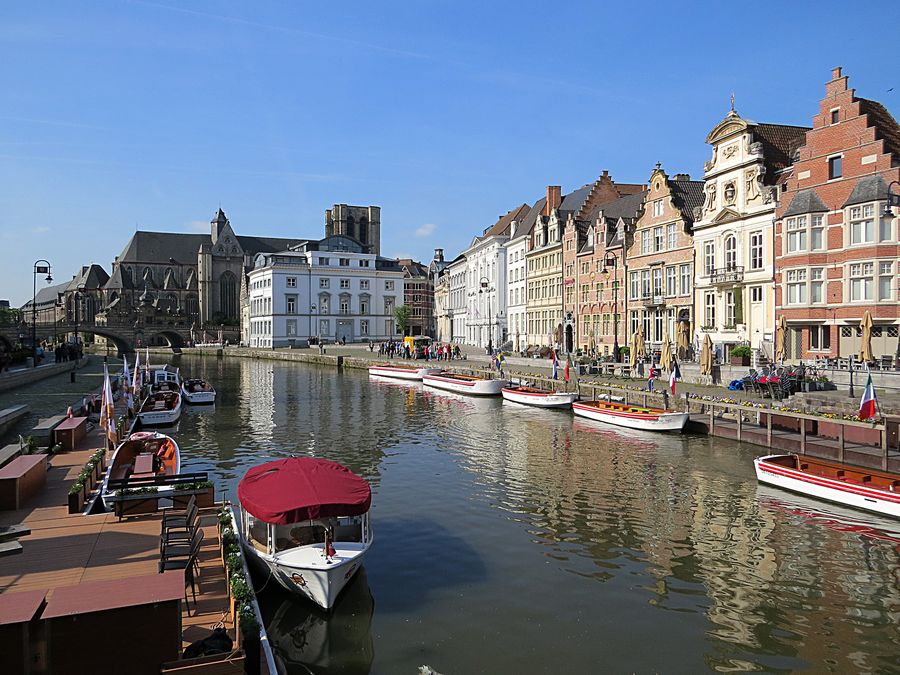
Much of the city's medieval architecture remains intact
and is remarkably well preserved and restored.
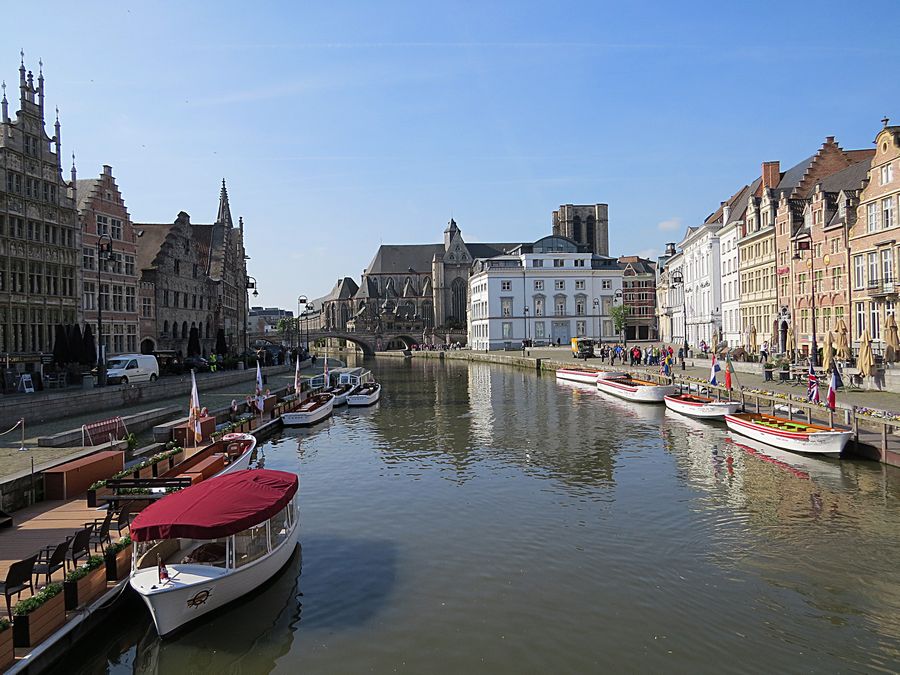
Old city center
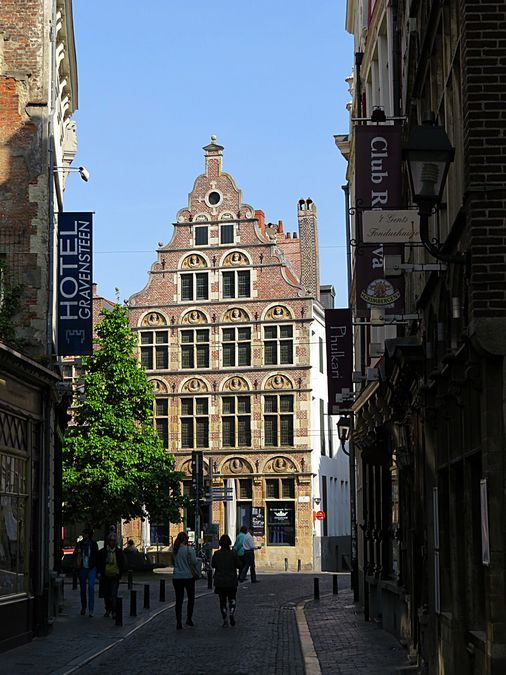
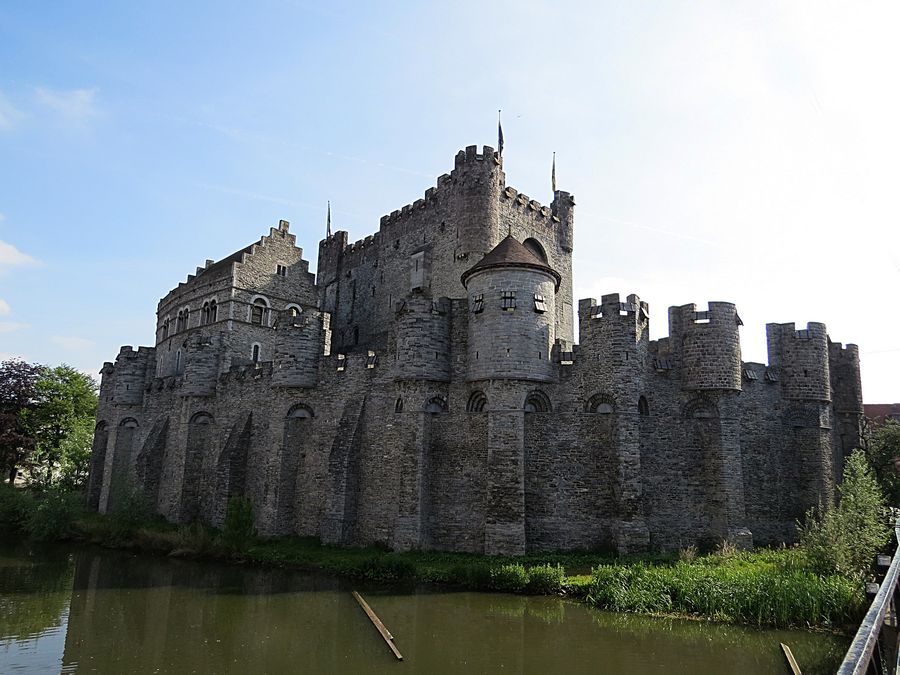
The Gravensteen is a castle in Ghent originating from the Middle Ages.
The name means "castle of the counts" in Dutch. The present castle
was built in 1180 by count Philip of Alsace and was modeled after
the crusaders castles that Philip of Alsace encountered while he
participated in the second crusade.


At Belfleurken azalea farm near Ghent

Link to Page 13 - Antwerp, Belgium
Pat's Home Page